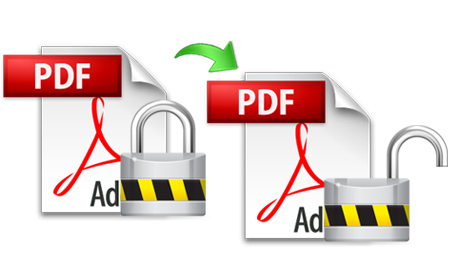The Portable Document Format or PDF is ubiquitous and considered the de facto standard for digital documentation regardless of the type of operating system. Those who view PDFs do not have to be concerned with versioning controls and compatibility which has plagued other software apps and users. Maintaining control of digital content is becoming very difficult to guard when it translates into lost revenue.

Security is a very personal and basic human right – it’s more important to safeguard your data and you must ensure that there is some level of protection so that your information is not compromised, lost, stolen, and sold for profit. It become very inconvenient when we lose access to our information and data and then, depending on the importance of the information, critical to re-gain access and recover this data because there is no way to recreate it without considerable time and expense. If you are using PDFs to retain data with encryption applied, you can ensure access if you lose your password, for example, with one of five most reliable methods to unlock the PDF:
Use online software – this method is the easiest and simplest to use. There are some sites online which may be used but you must be certain if the web site or tool is safe and legit. One very reputable and safe site is FoxyUtils. They offer a FREE service, UnlockPDF. There’s no need to install software and you can unlock a batch of PDFs too.
Download encryption-breaking software – there are so many apps online to choose from but one of the most popular is SysTools PDF. If removes the PDF restrictions by omitting the password, compatible with all windows versions including Win 8.
Command-line PDF password remover– if you’re old enough to remember DOS and using DOS Shell to access the lowest levels of your operating system, then you’ll get a flashback to a bygone era. The catch is that this only works for PDF file versions up to 1.7 level 8 with 128-bit AES encryption.
Google– Drive – many use Google Drive to store their documents and to work from the cloud. By adding a password to you file, you have achieved two layers of security. Google Chrome includes a built-in PDF reader and writer so you can use these features to remove the password. Just drop the file into the Chrome Browser, and then choose Print where you’ll be prompted to ‘save as PDF’ and you’ll have a copy of your file minus the password.
KPDFTool – this utility is for GhostView and ImageMagick and is ideal for basic functions and useful operations with PDF and PS or PostScript files. When you use this tool, you just run it from the shell as a program which runs under the KDE Window Manager. It lets you extract pages from a PDF no matter if it’s protected or not, just extract all pages from the protected and output them to a new file.










Comments are closed.